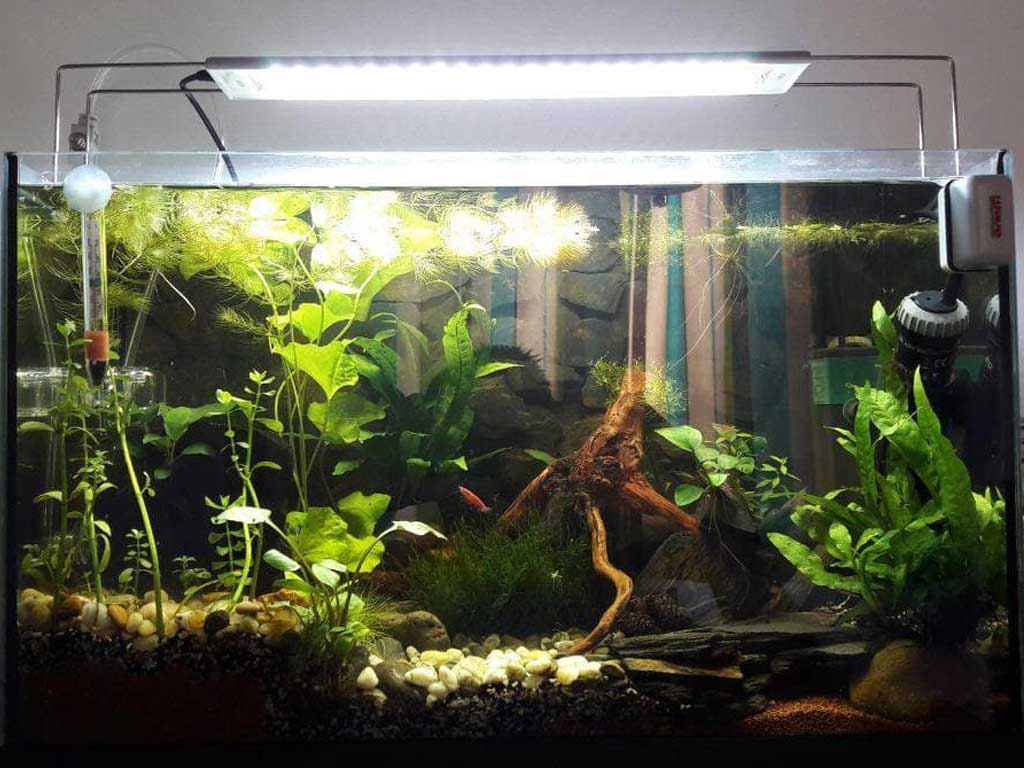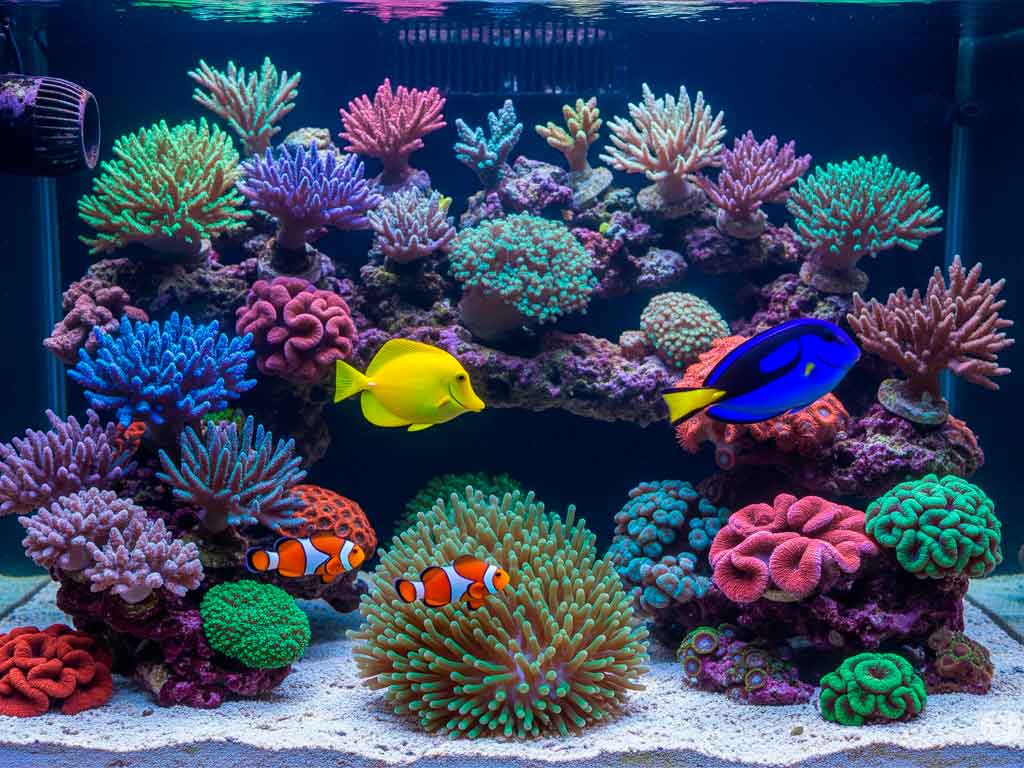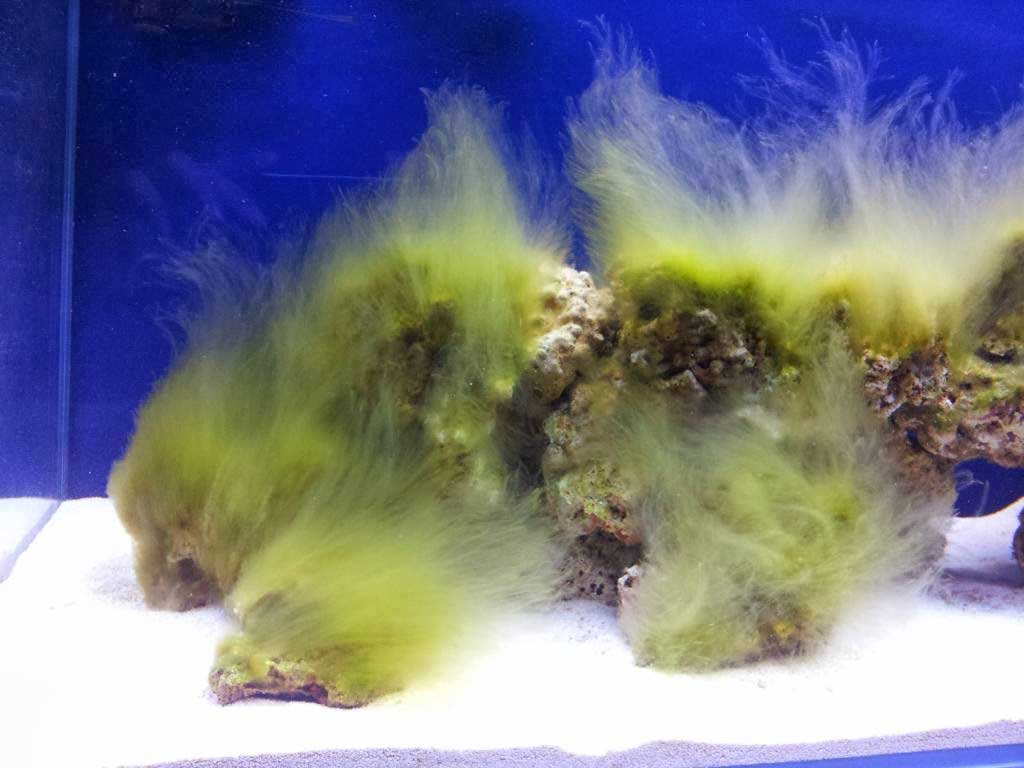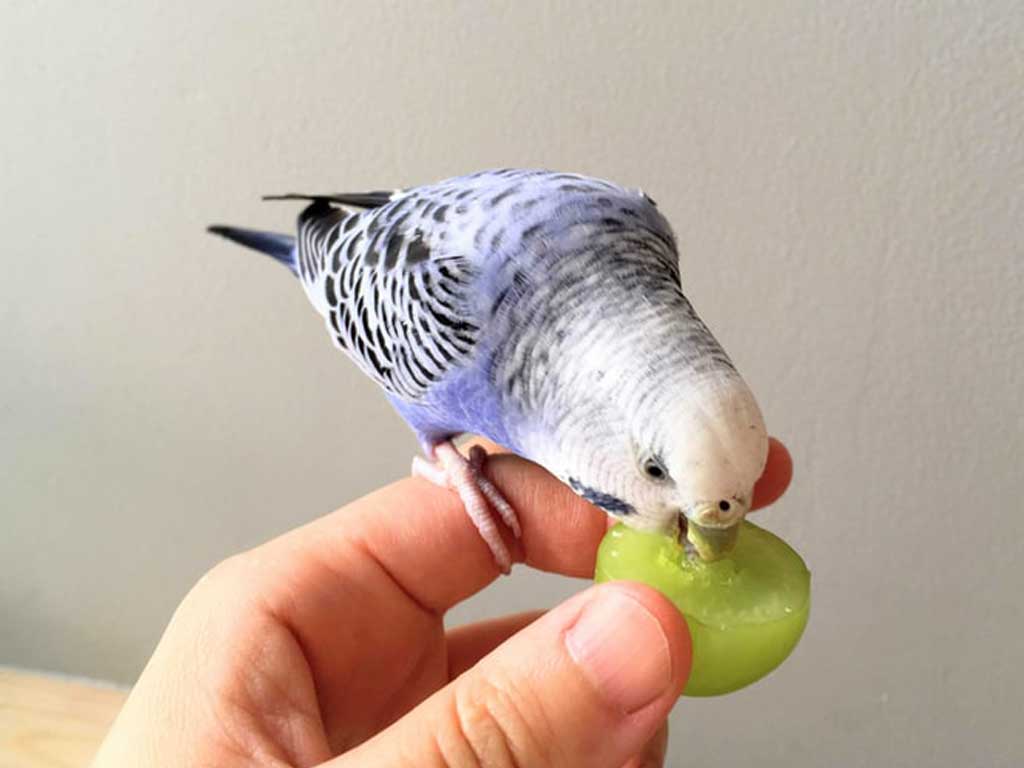Lighting in aquariums is essential for the well-being of fish and plants. Factors that influence the type and amount of light required include the size of the aquarium, the species of fish and other inhabitants, the presence of live plants, and the desired aesthetics.
Types of Lighting for Aquariums
Fluorescent Lighting
Fluorescent lighting is an economical and efficient option. It illuminates evenly and converts the energy consumed into light efficiently. It is ideal for aquariums with plants, as it stimulates photosynthesis and improves the appearance of the aquarium.
Incandescent Lighting
Although available, incandescent lighting does not offer the same efficiency or aesthetics as fluorescent lighting. It is not recommended for planted aquariums due to its low efficiency and high heat generation.
LED lighting
LED lights offer a wide range of color spectrums, allowing you to simulate natural light conditions and highlight the beauty of the aquarium. Their durability and low heat emission make them a superior option compared to other lighting sources, contributing to easier and safer maintenance of the aquatic ecosystem.
Recommended Amount of Light
The appropriate amount of light varies depending on the type of aquarium:
- Freshwater Aquariums: 1 to 3 watts per gallon (3.8 liters) of water.
- Reef Aquariums: They need more light for coral growth, approximately 3 to 5 watts per gallon.
How to Maximize the Efficiency of Fluorescent Light
- Keep the Glass Clean: Keep the glass between the tube and the water free of algae and mineral deposits.
- Regular Cleaning: Clean the tube surface weekly with a soft sponge.
- Use of Reflectors: Align the lamps with reflectors to increase the light intensity.
- Annual Replacement: Change fluorescent tubes annually to maintain efficiency.
- Tube Combination: Use different tubes to maximize spectral representation.
- Electronic Ballasts: Prefer electronic ballasts for their efficiency.
- Avoid Unnecessary Turning On: Minimizes frequent turning on and off of the lights.
Lighting Tips
- Light Duration: Plants need 12 hours of lighting daily.
- Smooth Transitions: Avoid sudden changes in light so as not to stress the fish.
- Light Before and After Feeding: Provides 30 minutes of light before and after feeding the fish.
- Timers: Use timers to maintain consistent periods of light.
- Tube Change: Change the tubes in a multiple installation in a staggered manner.
- Suitable Ballast: Make sure the ballast has good ventilation.
- Electrical Safety: Use a power bar with a ground fault interrupter.
Lighting According to the Type of Aquarium
Aquariums Only with Fish
In fish-only aquariums, the main light should replicate the day/night cycle to avoid stress. Avoid lights with color temperatures below 5,500K to prevent algae growth.
Aquariums with Corals
Reef aquariums need specific (actinic) lights that simulate the light of the marine photic zone. These lights are essential for coral development and should be combined with other stronger lights.
Planted Aquariums
For planted aquariums, adjust the light intensity according to the plants:
- Less demanding plants: 10-20 lumens per liter.
- Plants with moderate requirements: 20-40 lumens per liter.
- Advanced plants: More than 40 lumens per liter.
How to Properly Light a Fish Tank
The best way to light an aquarium is from above and with the light source in the front. This ensures that the fish look good and their colors are brighter.
Lighting During the Day
Use special aquarium lamps that emit specific wavelengths. Research your fish’s needs based on their natural habitat to adjust the duration of daily light.
Color Temperature
Color temperature, measured in Kelvin, is crucial:
- 5,500-6,500K: Ideal for freshwater aquariums with plants.
- 10,000K: Intense white light with a bluish tint, perfect for reef aquariums.
- 20,000K: Very strong and blue light, suitable for deep aquariums.
Actinic lights are not measured in degrees Kelvin and are used only in reef aquariums due to their importance in coral development.
How to Save Energy in the Aquarium
An effective way to save energy is by using smart plugs to control aquarium lighting. These devices allow you to program the lights on and off automatically, optimizing energy consumption and maintaining a consistent light cycle for your fish and plants.
Benefits of Smart Plugs
- Automation: Schedule on and off times to simulate the natural day and night cycle.
- Energy Savings: Avoid unnecessary use of light, reducing electricity consumption.
- Greater Consistency: Maintain a regular light cycle, which is beneficial for fish health and plant growth.
- Remote Control: Adjust the lighting from your smartphone, even when you are not at home.
- Ease of Use: Simple configuration and compatible with most lighting systems.










